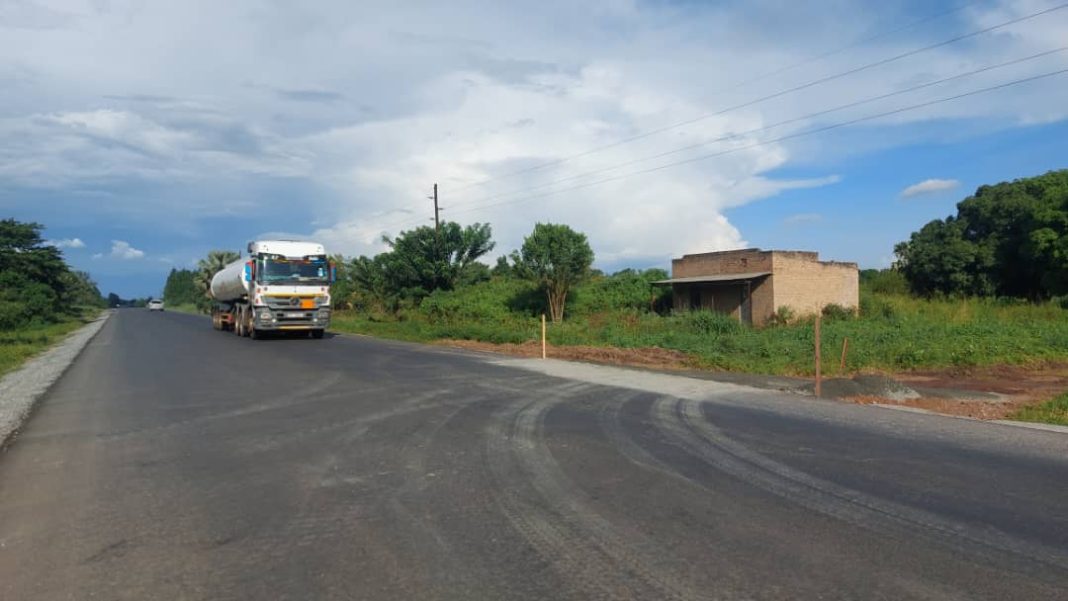Lira, renowned for its ever-increasing business, driven by the entrepreneurial acumen of its people, is now showcasing a new addition to its infrastructure: the Lira-Kamdini Road.
This road project, Lot 2B within the North Eastern Road-Corridor Asset Management Project (NERAMP), covers a vast 340-kilometer stretch across multiple districts: Tororo, Mbale, Bukedea, Kumi, Ngora, Soroti, Kaberamaido, Dokolo, Lira, Kole, and Oyam.
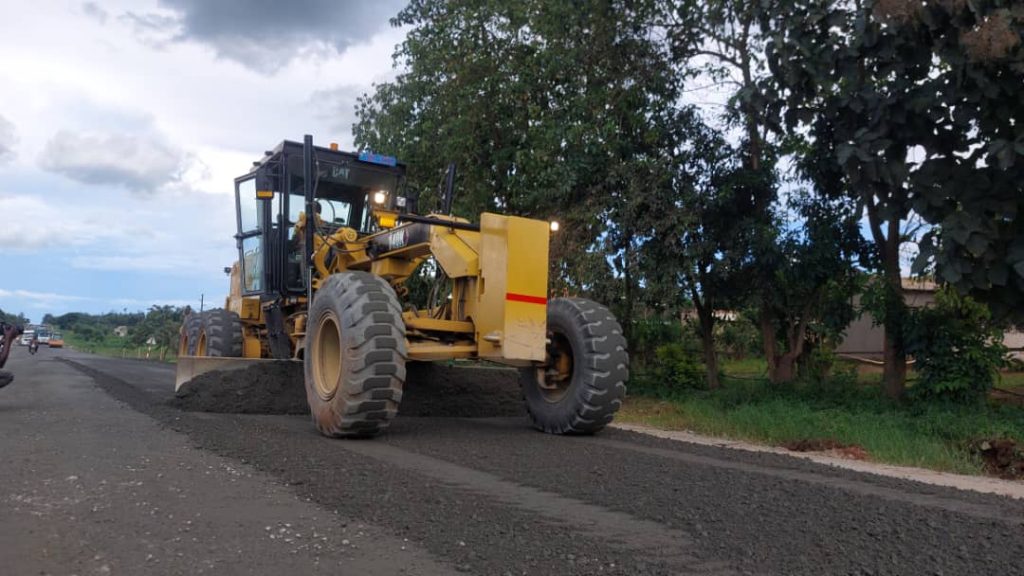
Transforming Connectivity
The Lira-Kamdini Road, spanning 66.5 kilometers, is currently undergoing extensive rehabilitation to address sections of the corridor that were previously plagued by road accidents and mechanical breakdowns.
According to Mr. Oming Walter, Secretary of the Grievances Management Committee in Kole District, the road was in terrible condition initially, filled with numerous potholes, making transportation of goods and passengers extremely challenging.
This led to daily accidents, including fatal ones, especially between Lira City and Kamdini.
“But we are appreciating the effort of UNRA for bringing the company to reconstruct this road. We are now finding that it is better now. It is smooth, well-established, but not yet completed,” Mr. Oming said.
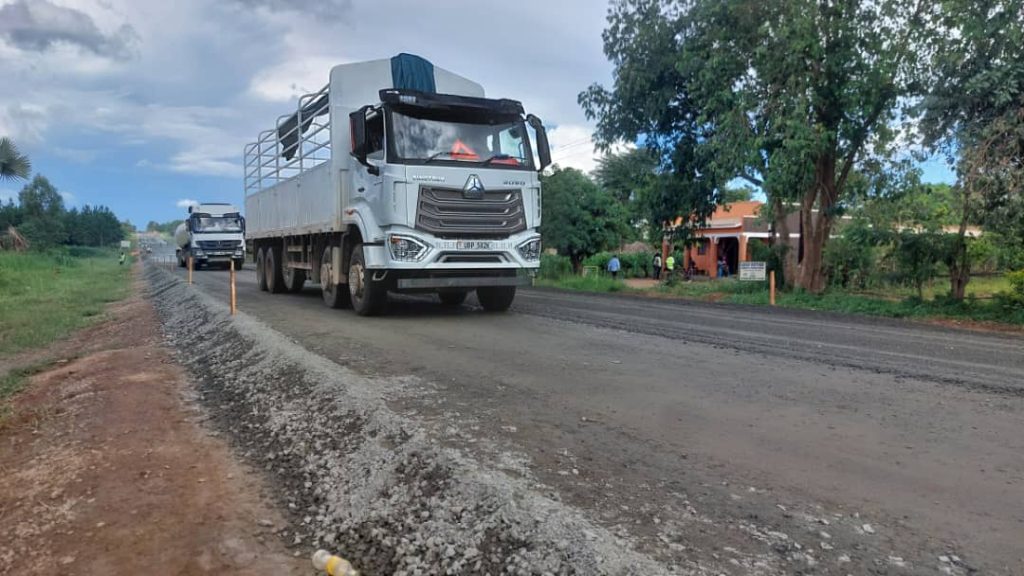
Community Testimonials: A Road to Progress
When traveling this route, you’ll notice a multitude of vehicles, with the majority being heavy commercial trucks, signifying a notable increase in cross-border trade from South Sudan, the Democratic Republic of the Congo, Kenya, and Tanzania.
The trucks bound for Northern Sudan and DR Congo, which previously traveled from Tororo through Kampala to the Gulu highway, have now changed their route to pass through the NERAMP road corridor due to the road reconstruction.
“Vehicles which used to use the Kampala route have now shifted from Tororo to Kampala. They’ve discovered that this route is shorter, so they’ve redirected their movement to this route,” explained Engineer Khalil Odong, Highway Engineer Lot 2.
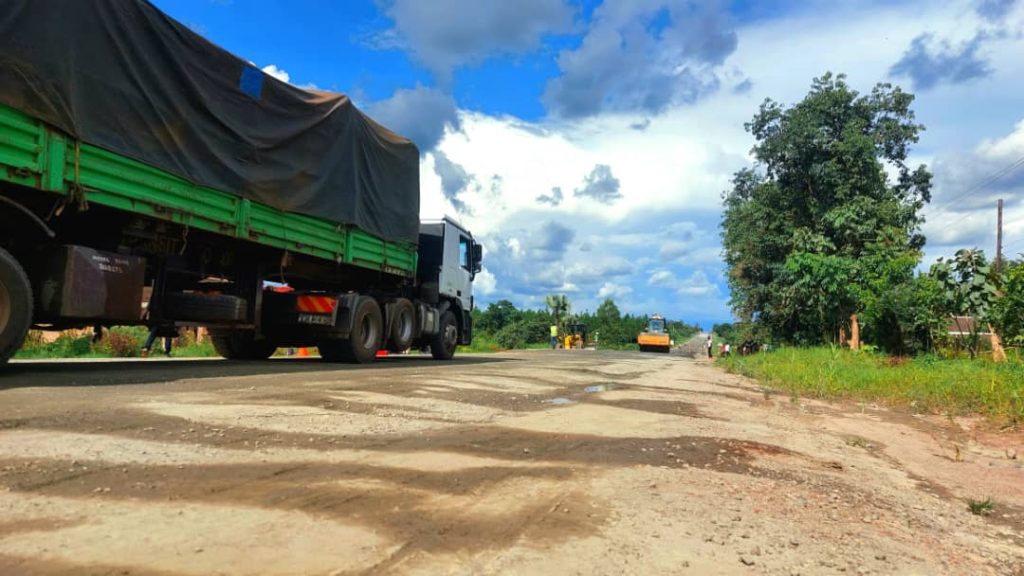
Transforming Lives and Businesses
“The number of customers has increased because, before, customers were afraid of the bad road, so they were using motor vehicles,” narrated Onege Ivan, a boda boda cyclist.
He adds, “It will boost business from here, and even the cost of transport won’t be a big challenge. Even the machines we are using, such as motorcycles and vehicles, aren’t getting damaged on the way anymore because previously, we experienced a lot of damages.”
A Brighter Future Awaits
Vicky Adong, a midwife, used to face challenges when they had many patients with complications. The poor road condition prevented them from referring patients to better-equipped hospitals. Now, ongoing reconstruction work has made it easier to quickly transfer patients to other facilities, and they are thrilled with the road improvements.
Adong: “Okay, as per now, in a day, we can receive more than 10 (patients) but those days you can get two or three because of the bad roads. But now, the numbers increase.”
Upon its completion, the upgraded road will not only bring higher standards of safety and quality but also improved accessibility for the movement of people, goods, and services. This transformation will positively impact more than 2.25 million residents along the corridor’s route. Additionally, as an international passage, it will enhance Uganda’s competitive edge in regional trade and logistics, leading to economic growth at both local and national levels.
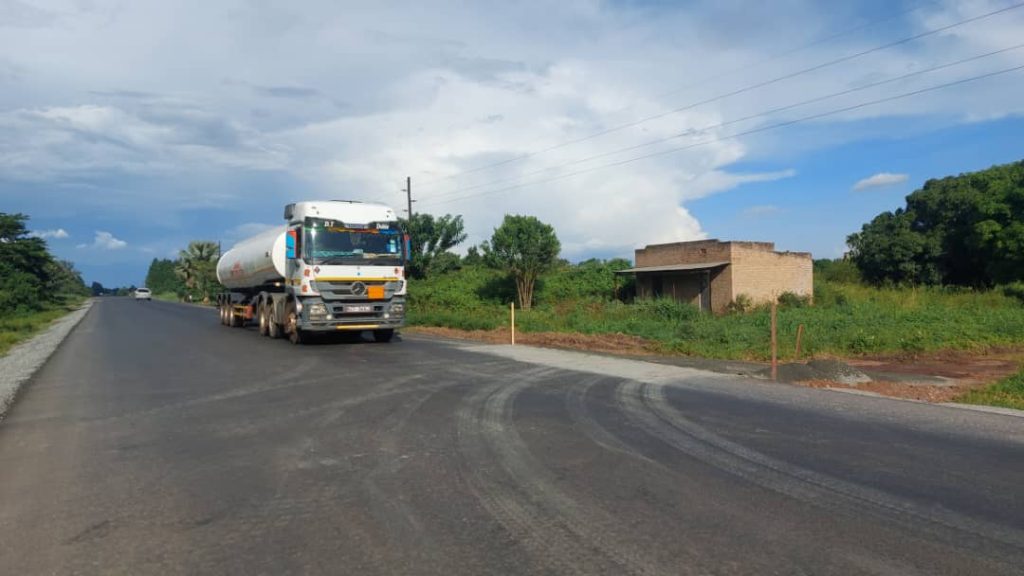
ABOUT NERAMP: The North Eastern Road-Corridor Asset Management Project (NERAMP) is a World Bank and Government of Uganda-funded initiative designed to achieve several key objectives along the 340-kilometer Tororo-Kamdini road corridor in Uganda. These goals include reducing transportation costs, enhancing road safety, and promoting sustainable road maintenance through performance-based asset management contracts. The corridor covers multiple districts, encompassing Tororo, Mbale, Bukedea, Kumi, Ngora, Soroti, Kaberamaido, Dokolo, Lira, Kole, and Oyam.


